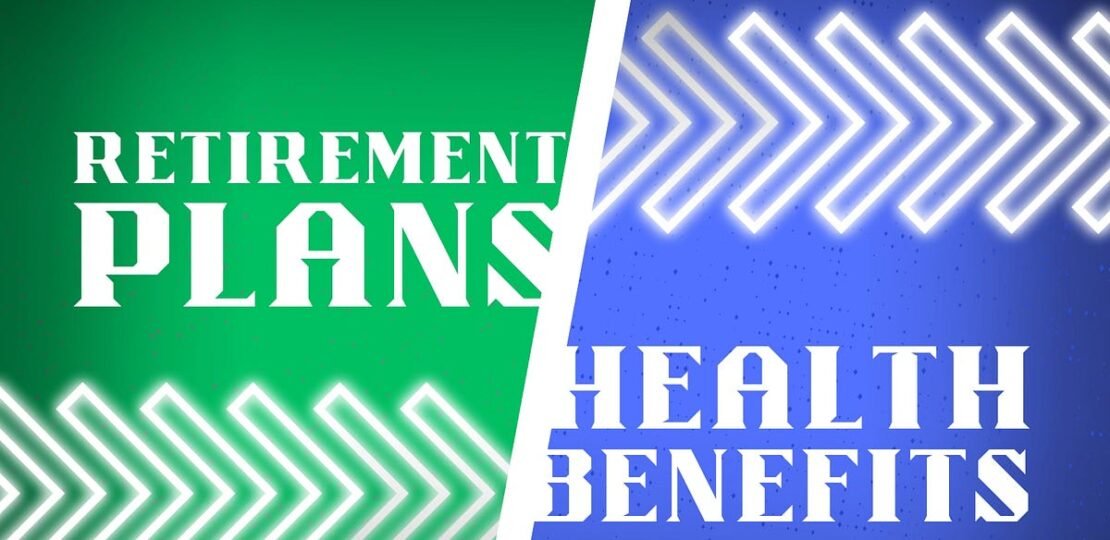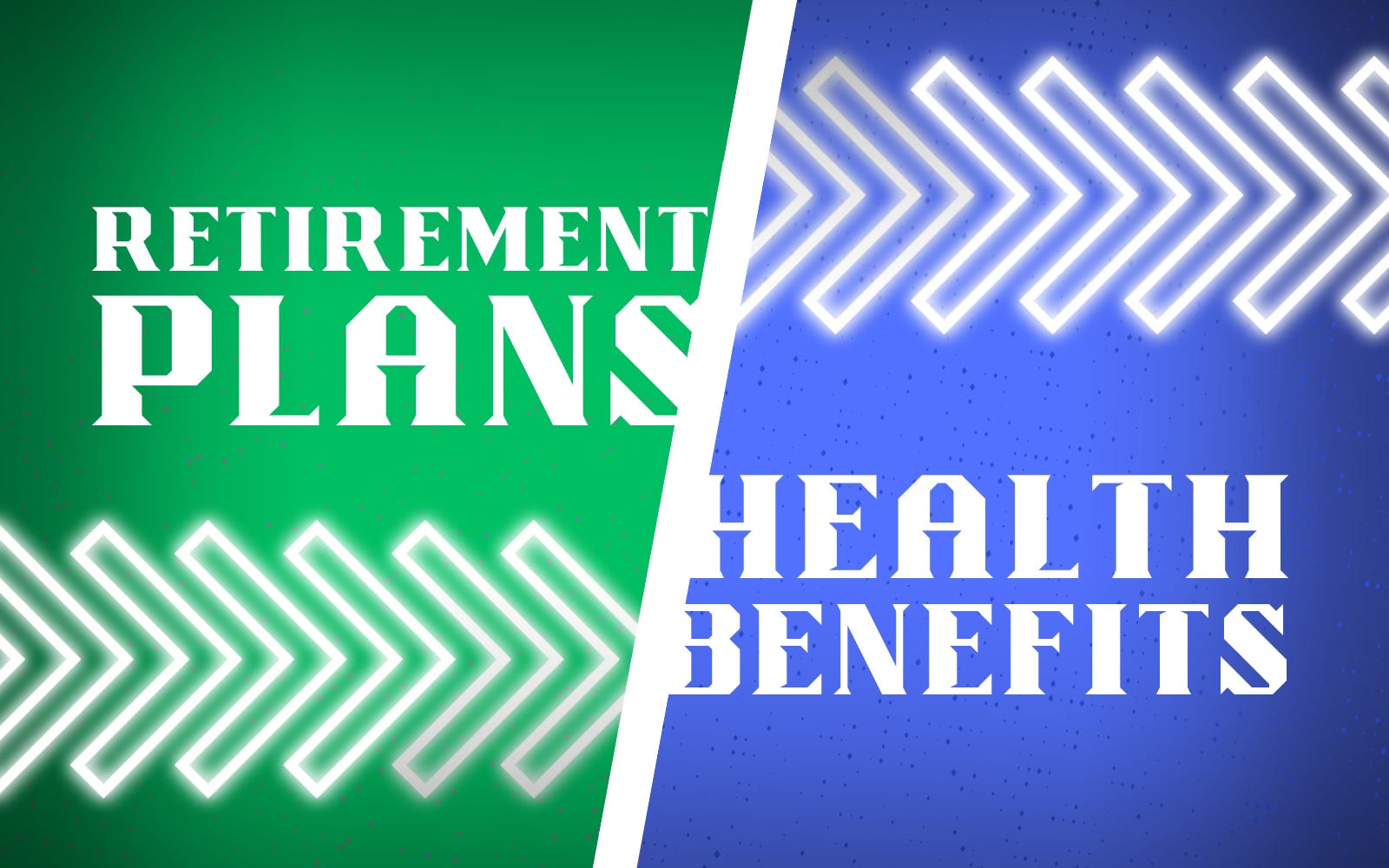Disclosure Drove This Leader’s Transition From Retirement Plans to Health Benefits
April 4, 2025 | by ltcinsuranceshopper

After starting out as a social worker in New York City, Hugh O’Toole became a group insurance underwriter for a multiple-employer trust whose retirement operation he later ran. At that time, in 1993, there were undisclosed fees for the administration and management of 401(k) and 403(b) plans.
O’Toole immediately saw the need for transparency and disclosure – a professional calling that later led him into the health and welfare side of employee benefits management. He realized that it wasn’t just the right thing to do, it was actually good business as well.
By 1999, he noticed that a series of class-action lawsuits filed over excessive fees charged to retirement plan participants sparked a movement that led to passage of the Pension Protection Act in 2006, a predecessor to the Consolidated Appropriations Act, or CAA, that applied stringent fiduciary responsibilities for retirement plan sponsors to health and welfare benefits in 2022.
As Big Insurance absorbed more wallet share from employees, he saw the ability of working Americans to fund their retirement plans dwindle. It drove him to examine how this funding was disappearing, and he pivoted to helming a data-analytics company called Innovu, whose mission is weeding out health care fraud, waste and abuse, as well as getting ahead of the risk for those who may incur catastrophic medical claims. He’s also interested in breaking up the management silos in employee benefit plans.
The following interview was edited for clarity and space.
Why is the CAA such a game-changer for employer-sponsored health and welfare benefit plans?
O’TOOLE: The government made it very clear that the plan sponsor is responsible to work in the best interest of the participant and can no longer declare that any breach of duty was the fault of a third-party administrator, BUCAH [Blue Cross Blue Shield, UnitedHealthcare, Cigna, Aetna and Humana] or pharmacy benefit manager.
It also tried to take down barriers for transparency, including the removal of gag clauses that kept plans in the dark or didn’t allow them to do what a normal fiduciary would do, such as benchmarking, aggregating their data with others for relative performance, and examining the delivery system. Those are all expectations of a prudent fiduciary.
The second component is that anyone working on a health plan earning over $1,000 has to explain how they make that money. This was a huge factor that changed the retirement industry. They have to disclose where they’re making indirect compensation off the products they sell that the plan sponsor is totally unaware of. All of this is just proper procurement accountability that will save the employer a ton of money because they tend to pay at least 70% of the expense, but it also saves the participant a ton of money because they can be paying somewhere between 10% to 70% of their own utilization.
Why did you decide to focus on removing the siloed approach to managing the health and welfare, retirement and property/casualty areas and replacing it with a holistic human capital risk management? And how might that model work?
O’TOOLE: Most of our business is traditionally eligibility, health care and pharma, and it’s like the saying, “Why rob banks? Because that’s where the money is,” meaning for the sponsor that is a huge expense. But if you look at where human risk comes from, there is no boundary. Just because the industry decided there’s this thing called financial wellness, health care workers’ compensation, the risk of that goes across the same individual. So if you have the ability to load three to 20 disparate pieces of data and can create a unified record, you can actually see the direction of that risk from somebody who doesn’t make enough money to pay for their medicine. You can see non-financially well people come out in catastrophic claims, which ultimately makes them risky. That means as an older person they’ll never be able to retire. That risk is not siloed; it’s across all those data sets. So it only makes sense to look holistically because it actually saves everybody money.
How will data science, analytics and behavioral finance influence the design and management of group health plans and wellness programs, as well as improve clinical outcomes and reduce cost?
O’TOOLE: Those are all the ingredients to find fraud, waste and abuse – and to get ahead of the risk. So I would just say that when you get the data and get to transparency, it becomes obvious in the data, working with a competent advisor or consultant, that it really comes down to three factors. They include identifying what’s in the data, whether where you get injectable drugs or making sure your plan design doesn’t prohibit people with diabetes from taking their medicine. You need to identify the so-what that starts the chain reaction of risk or unhealthy behavior.
Then you need to figure out what you’re actually going to do about it, measure and benchmark so that you can check and adjust if it’s not working. We don’t try to vilify anybody. You have to collaborate candidly. When you have transparency and disclosure, capitalism can flourish. When you keep consumers in the dark, it can actually allow for some really bad behavior in the marketplace.
The government needs the American employer to take this by the horns because you can’t have health care be over 20% of gross domestic product. It is killing our economy. Capitalism depends on transparency. When I started as an underwriter in 1988, I had more transparency in a fully insured trust than a lot of employers have in their administrative-services-only arrangement [with a BUCAH] in 2025. I always say being a fiduciary just means that are you willing to ask awkward questions.
How does your company empower employers and their advisers to eliminate waste from their health care costs and improve the health and financial security of employees and their families?
O’TOOLE: Back to the silo approach, we just look at it. If we have a site-of-care analysis, it just basically means, where do you get the procedure done? The reality is, the same injectable drug given on an outpatient basis in a hospital setting could be $18,000. If you get it done at your doctor’s office it could be $7,000, and if you get it done at your home it could be $3,000. So every time we collaborate with the advisor and sponsor and identify that with a pre-authorization program, you can move that from the outpatient hospital when it’s not medically necessary to these alternatives. I’ll just give you an example. We did that analysis with a school consortium. They put in a pre-authorization program that saved the school consortium $1.5 million over the next 12 months. So that $1.5 million not spent getting your injections at the wrong place could be used for salary increases for teachers who are helping our kids.
What sort of savings are your clients seeing?
O’TOOLE: It really depends on how bold they are in their pursuits. So I would say in most data sets, we see in pharma alone, which is now 30% of health care spend, depending where you’re at, you could have a 40% savings, which converts pretty quickly to a 12% savings across your entire spend. Then you do site-of-care, boom, boom, boom. I would say most employers, if they’re willing to work boldly, they probably are looking at a 20% reduction in costs.
Bruce Shutan is a Portland, Oregon-based freelance journalist who has written about employer-provided group health benefits for 36 years. He is the former managing editor of Employee Benefit News and a regular contributor to The Self-Insurer magazine, published by the Self-Insurance Institute of America.
RELATED POSTS
View all







